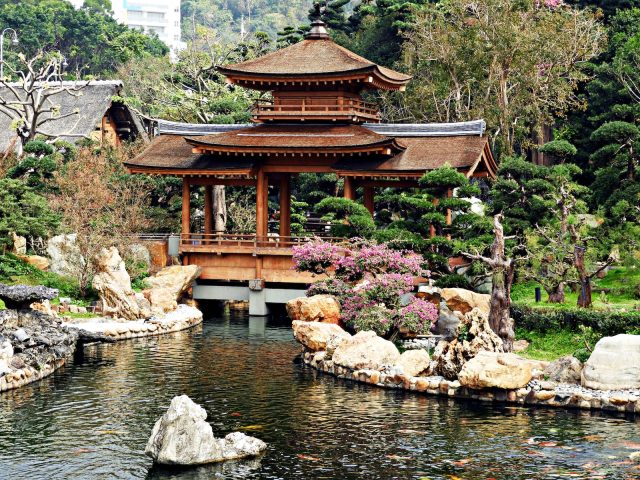The beauty of Chinese gardens is unparalleled and has been admired for centuries. Originating from ancient Chinese culture, these gardens have become truly spectacular. From intricate designs to meticulous landscaping, Chinese gardens perfectly combine art and nature. Whether a private courtyard garden or an imperial estate, each Chinese garden is unique and offers visitors a tranquil escape from the hustle and bustle of everyday life.
Chinese Garden
As one of China’s oldest and most beloved attractions, Chinese gardens have been around for centuries. With a rich history, these gardens are known for their unique blend of nature and culture.
The first Chinese garden was established in 200 BC during the Han Dynasty. Throughout the ages, these gardens were used to relax, entertain guests, and even conduct business meetings. Today’s Chinese gardens are still designed with this traditional purpose – providing an oasis of beauty amidst bustling cities and towns.
Chinese gardens feature intricate designs that combine elements such as rocks, water features, plants, trees, pavilions, and statues. Each piece adds to visitors’ overall spiritual feeling of harmony when they walk through a typical Chinese garden.
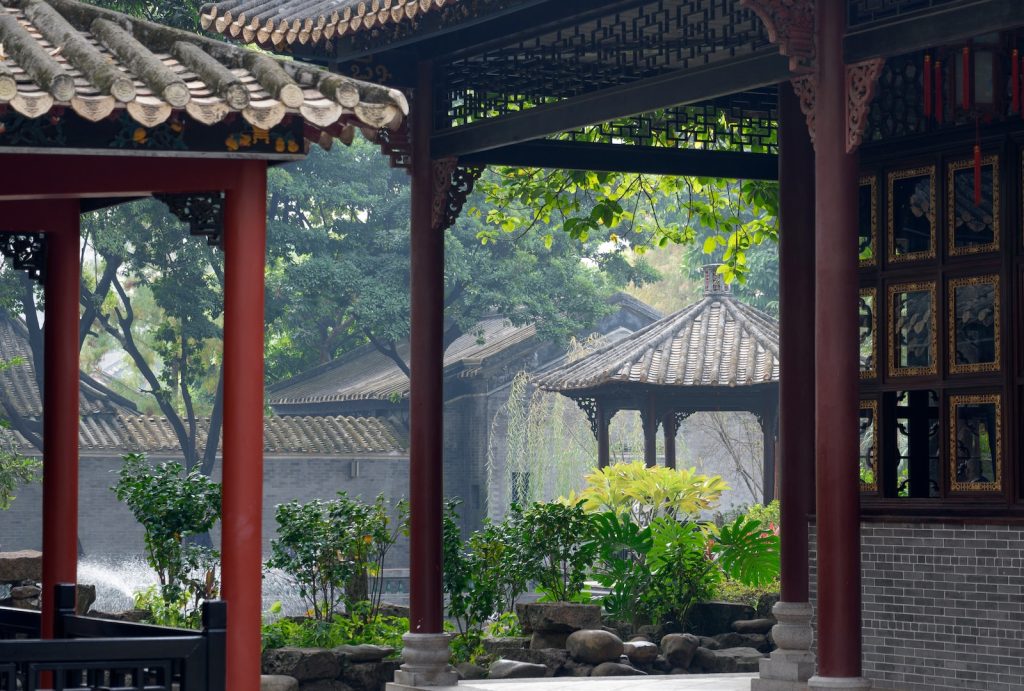
Symbolism in Gardens
The ancient Chinese garden has long been renowned for its intricate symbolism and beauty. Each garden element is carefully designed to convey a specific message or represent certain ideals, such as fortune, good luck, and harmony. These gardens reflect traditional Chinese values and beliefs and have been used for centuries to express love, joy, peace, tranquillity, and even sadness.
In designing a Chinese garden, each element is chosen to help create an atmosphere that promotes balance and serenity while also symbolizing essential aspects of life in China. Statues representing mythical creatures or gods may be placed strategically around the grounds to bring good luck or protect against evil spirits. Plants like bamboo can symbolize longevity, while other plants like cherry blossoms represent renewal after difficult times. Water features such as ponds or streams can signify purity or promote calmness in the environment.
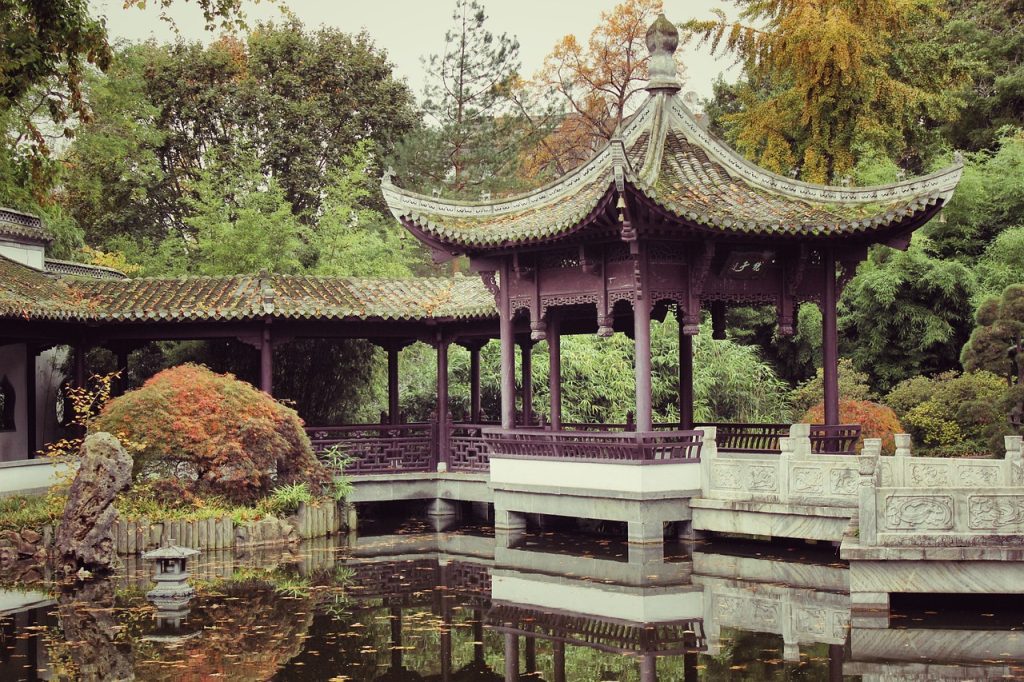
Popular Features of Chinese Gardens
Chinese gardens have been a source of delight and inspiration for centuries. Their harmonious combination of nature, architecture and art make these stunning creations unique reflections of Chinese culture and history. Popular features of Chinese gardens include tranquil ponds, winding pathways, and intricately carved-stone bridges.
These beautiful gardens often feature large rock formations that represent mountains or hills, which can be naturalistic or abstractly shaped according to the individual creator’s desires. The use of water is essential in creating a calming atmosphere in any Chinese garden, with its soothing sounds providing an escape from the hustle and bustle of everyday life. Other popular features include pavilions, terraces, trees, plants, and flowers, all carefully blended to create a serene landscape that allows visitors to relax in harmony with nature.
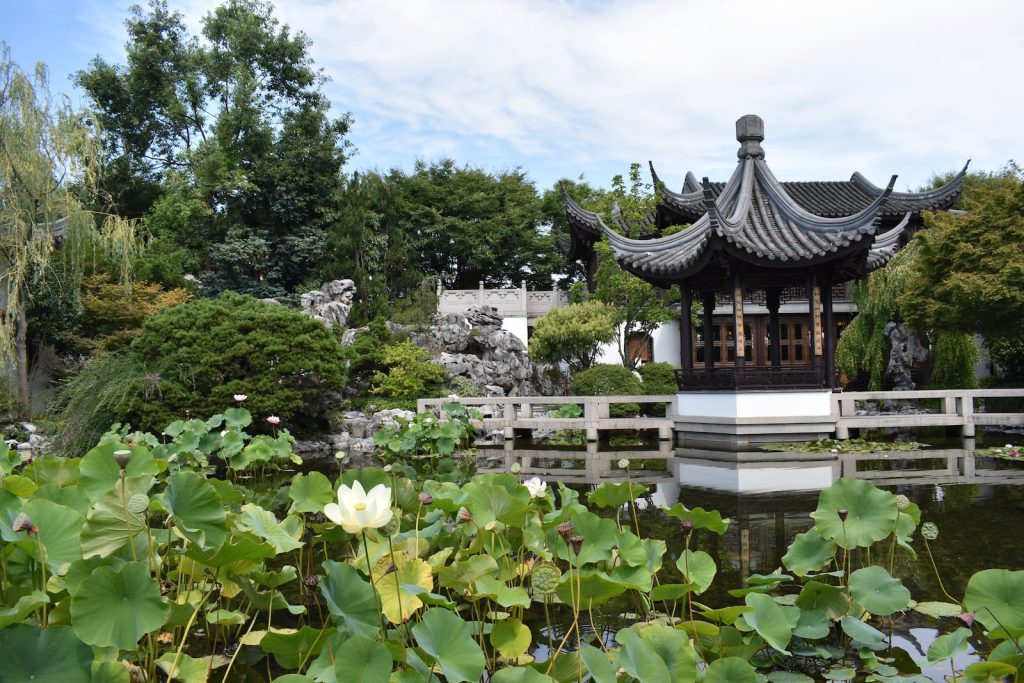
Famous Chinese Gardens
The famous Chinese garden is a traditional landscape that has been around for thousands of years. It is one of the most iconic and recognizable parts of Chinese culture, and it stands out from other gardens in its complexity and depth.
These gardens are renowned for their intricate designs, elaborate layouts, and carefully planned compositions. Each element within the park has an essential purpose: to create a peaceful atmosphere that helps visitors to appreciate nature’s beauty. Most Chinese gardens include pavilions, bridges, caves, rockeries, ponds, streams, plantings, and decorated walls – all designed with great care to create beauty in harmony with nature. Many also feature waterfalls or cascades, which add a soothing sound to the environment.
How to Create a Chinese Garden?
A Chinese Garden is a type of garden that reflects traditional Chinese culture and elements. It provides a tranquil escape from the hustle and bustle of modern life with its combination of natural landscapes, architectural structures, and sculptures. Creating your version of this ancient art form can be rewarding.
To begin creating your own Chinese Garden, you can start by ensuring enough space for the structure to fit comfortably in your yard. Research traditional Chinese landscape techniques, including using rocks, plants, ponds, and pavilions to create an atmosphere of peace and harmony. Choose whichever colors or materials you prefer for these elements; making your garden unique is essential! Once you have gathered all the necessary materials, decide how you want each piece to be arranged.
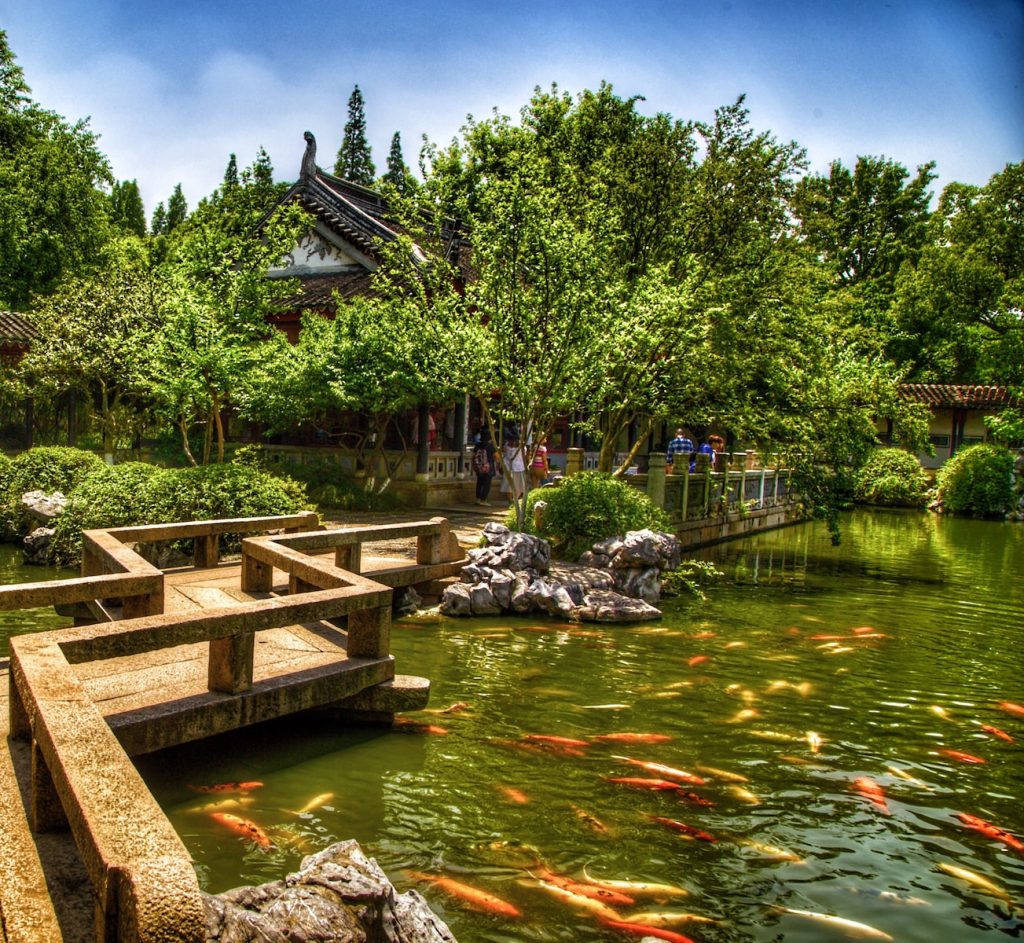
Cultural Impact of Chinese Gardens
Chinese gardens have been a source of beauty, culture, and admiration for centuries. The art of creating a Chinese garden is an intricate and beautiful process that has been enjoyed by people worldwide. These gardens are more than just places to find a moment of peace – they also play an essential role in the cultural heritage of China.
A Chinese garden can be created with many elements, each with its symbolic meaning. Traditional features such as rocks, plants, ponds, and pavilions form the basis of these gardens while incorporating Feng Shui principles to balance energy. There is often an emphasis on symbolism in these gardens, reflecting the teachings of Confucianism and Taoism in ancient China. It is believed that such symbolism promotes positive energy flow through their surroundings and helps create harmony between man and nature.
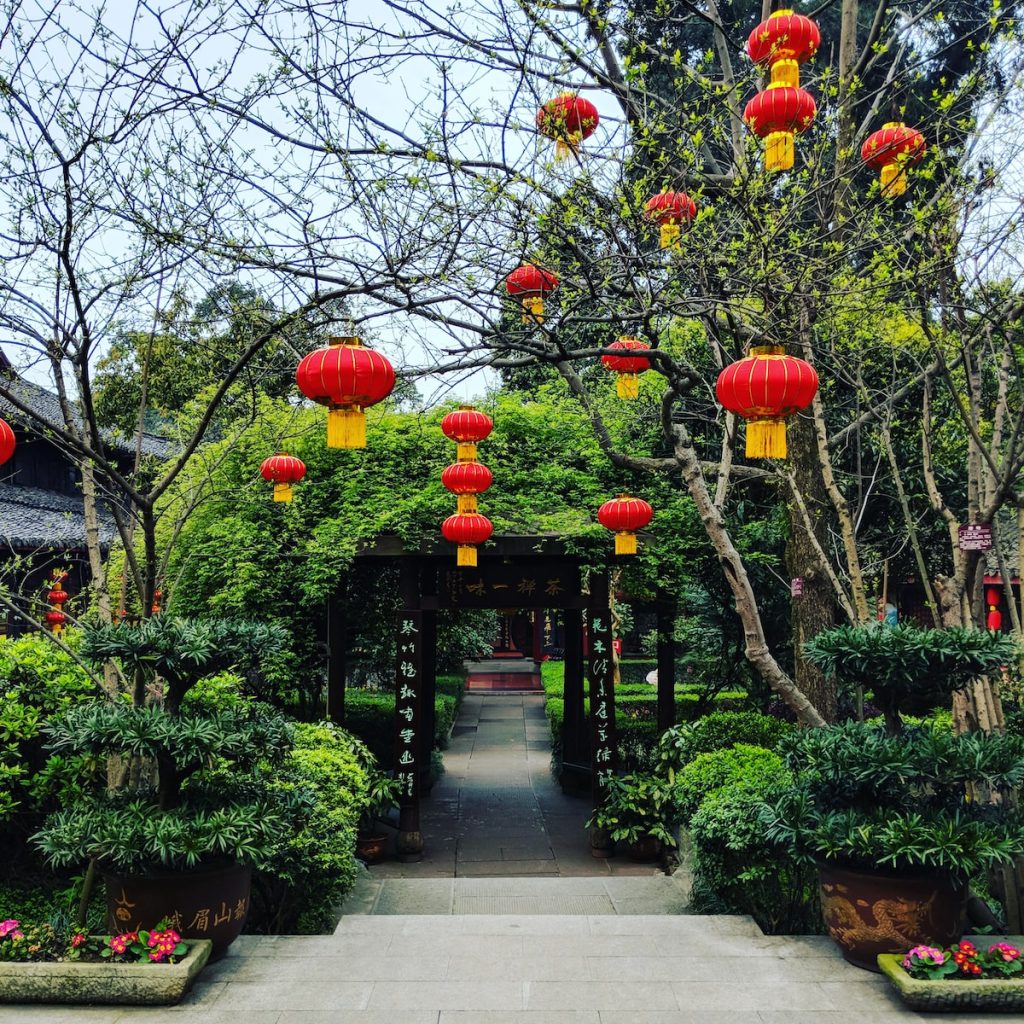
Conclusion
The Chinese garden is a unique and special place filled with beauty, serenity, and spirituality. After exploring the history and design of these gardens, it can be concluded that they are much more than just a peaceful place to relax but rather a reflection of the values, beliefs, and culture of China.
Chinese gardens have been around for centuries and are still an essential part of Chinese culture today. They are considered sacred spaces where individuals can find peace in nature or reflect on life’s meaning. The design’s symbolism reflects the traditional values of harmony between man and nature and its connection to Taoism. Whether visiting one in person or touring virtually online, visitors can appreciate its beauty while gaining insight into one of China’s oldest traditions.






















